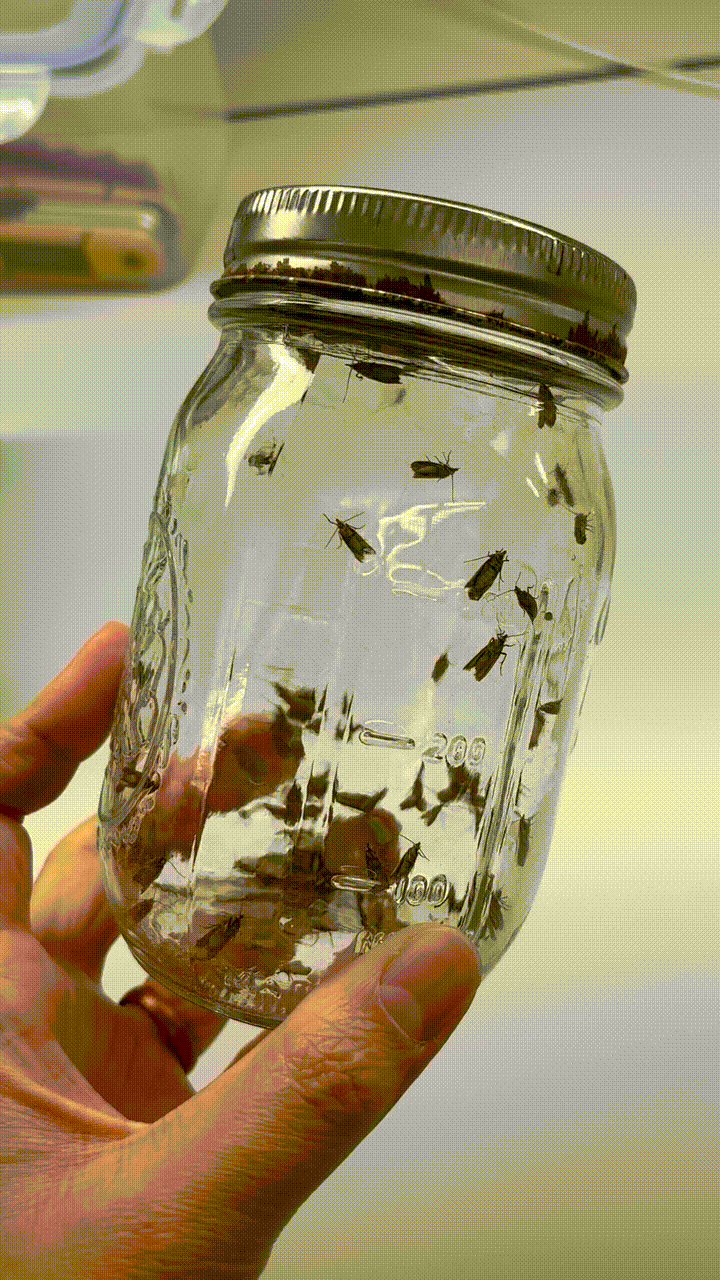
Why use Lepidopteran insects as model systems?
Lepidopteran insects (moths and butterflies; Leps) are ideal model systems to study chromosome dynamics and address long-standing, fundamental questions in genome and reproductive biology.
In addition to being important industrial and agricultural insects, Leps are excellent model systems for biomedical research, especially for the study of homolog pairing and meiosis. The problem of the search for homology in cells becomes increasingly complicated as chromosome number increases. While pioneering studies in Drosophila and C. elegans have provided many answers about pairing regulation, these species harbor only 4 and 6 chromosomes, respectively. Like these classical model systems, Leps are genetically tractable (1-4) and easy to rear in a laboratory setting. However, unlike flies and nematodes, Leps typically have 28-32 chromosomes, making genome dynamics and the search for homology more similar between Leps and mammals. However, unlike mammalian models, Leps have a short life cycle and are inexpensive to maintain.
Importantly, the recent sequencing of many Lep genomes has revealed a high degree of sequence homology between Lep genes and mammalian disease genes. Finally, Leps are large for insects, providing more tissue for genomics-based approaches. Even at the cellular level, Lep germline cells are much larger than fly germline cells, allowing for high resolution imaging without the need for expansion technology.
Our current moth model systems:
Bombyx mori (silkworm moth)
Plodia interpunctella (indianmeal moth)
References1. Heryanto, C., Hanly, J. J., Mazo-Vargas, A., Tendolkar, A. & Martin, A. Mapping and CRISPR homology-directed repair of a recessive white eye mutation in Plodia moths. iScience. (2022).2. Ma, S. et al. An integrated CRISPR Bombyx mori genome editing system with improved efficiency and expanded target sites. Insect Biochem. Mol. Biol. (2017).3. Imamura, M. et al. Targeted Gene Expression Using the GAL4/UAS System in the Silkworm Bombyx mori. Genetics. (2003).4. Takasu, Y. et al. Precise genome editing in the silkworm Bombyx mori using TALENs and ds- and ssDNA donors - A practical approach. Insect Biochem. Mol. Biol. (2016).
